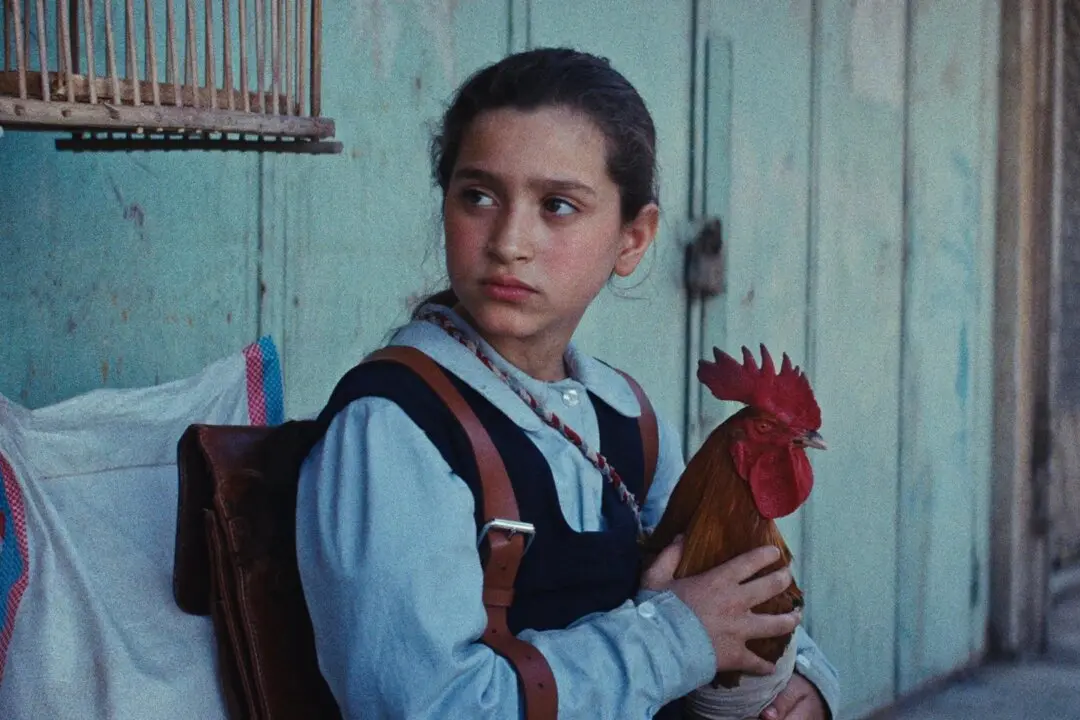W.B. Yeats is not often quoted in animated features, but his poem “The Stolen Child” is very definitely a source of inspiration for Tomm Moore’s latest film. If that sounds too serious for your viewing pleasure, take comfort from the presence of a big, lovable fur ball of a dog named Cú—that being the Gaelic word for dog.
There will also be selkies and assorted faery folk. Yes indeed, you can expect a generous helping of Celtic lore in Moore’s truly lovely “Song of the Sea.”
Presumably, Ben’s mother Bronagh died in childbirth with his little sister Saoirse, but there is more to the story than he realizes. The truth is that Bronagh was a selkie, a mythical shape-shifting seal woman, who can live on dry land for years but must eventually return to the sea.
Saoirse is her mother’s daughter, who was born with a selkie coat to wear as she transforms, but her lighthouse-keeper father keeps it hidden under lock and key for fear of losing her too.
Ben is supposed to look after his sister, but he often loses patience with the young girl. She has yet to speak a word, but she can make music worthy of Steve Turre with the shell Ben keeps as a remembrance of their mother.




